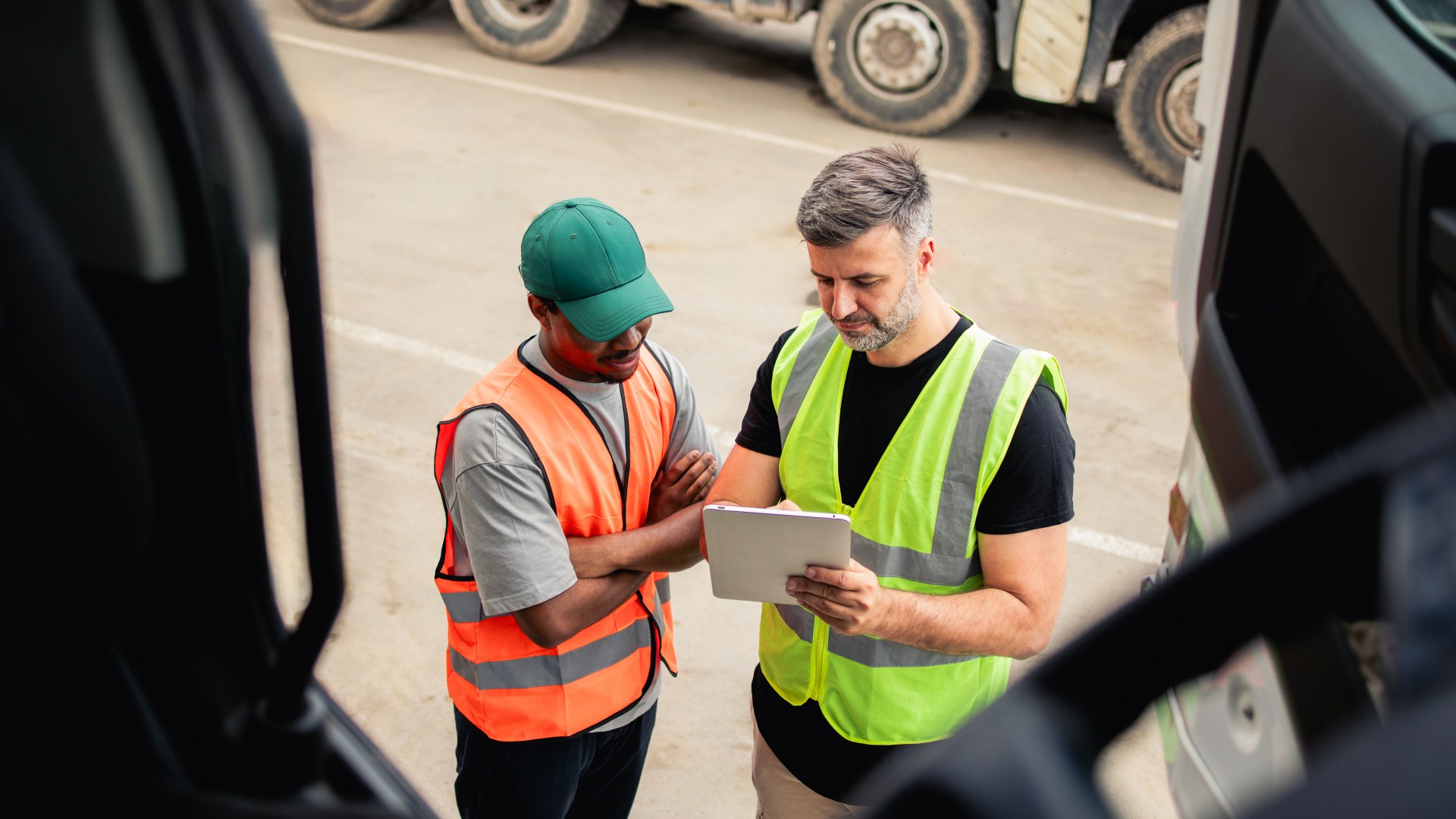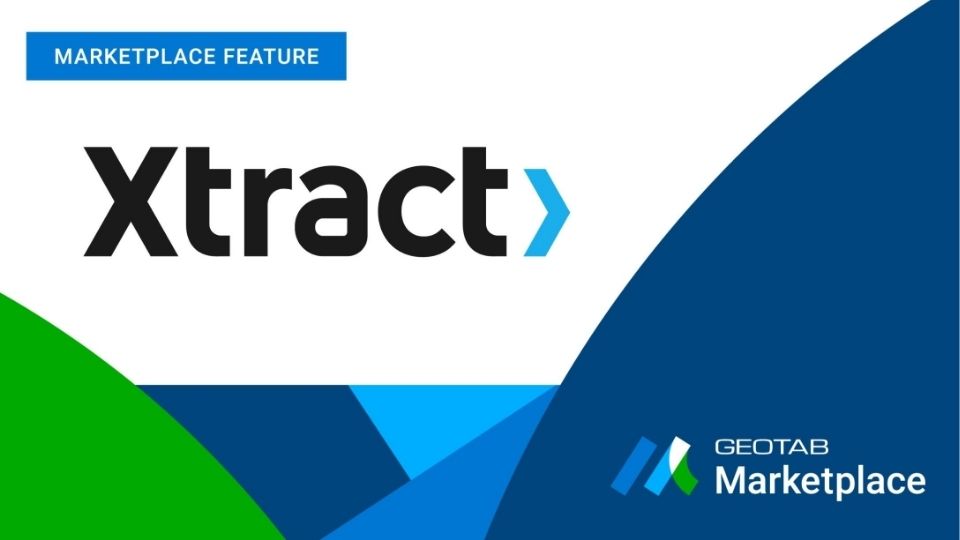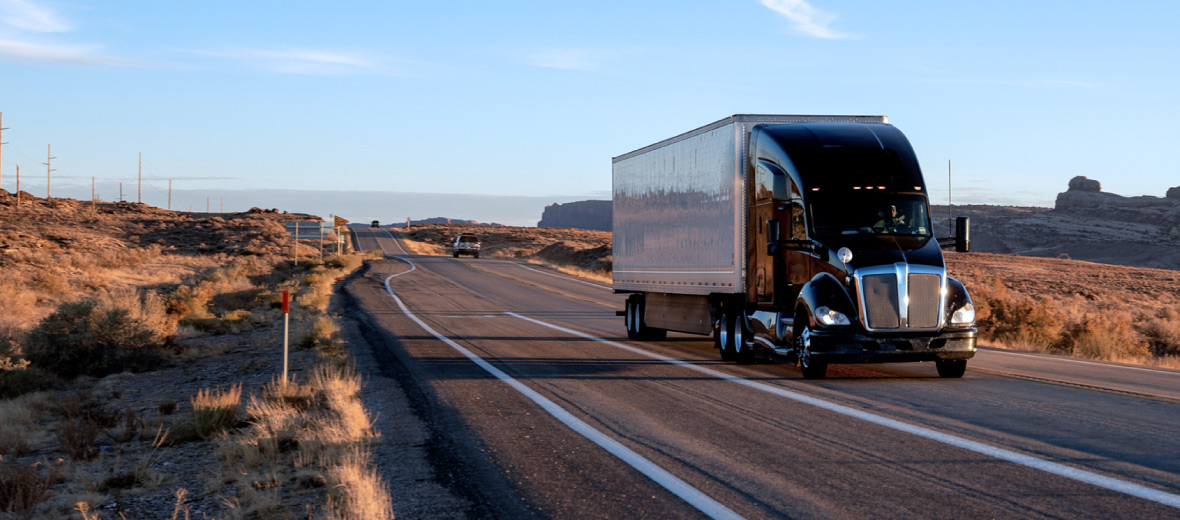Breaking down silos: Driving decisions from fleet data
What will drive new innovation in an enterprise via the fleet?


Invariably, whenever I mention to a person outside of the transportation industry that I work in telematics, the conversation defaults to GPS and vehicle tracking. The idea of dots on a map is something familiar to everyone.
As the conversation progresses, we talk about how telematics is a valuable tool to help run a commercial fleet efficiently and meet industry standards, supporting driver behavior, safety, vehicle maintenance, government compliance, route optimization.
These words are familiar to fleet managers around the world. They make sense to transportation teams when they discuss the operations of their vehicles. For the better part of two decades, telematics has grown and evolved to add new technology around these core functions. The addition of cameras, sensors, trackers all have improved this functionality to the point where they are “table stakes” to run a fleet at the highest level.
What are the next innovations in telematics?
The question now is: What is next? What will drive actual new innovation in an enterprise via the fleet? A video camera, a stronger sensor, embedded hardware? While these may improve the functionality of the fleet itself, they won’t really disrupt how we view things and understand them.
Telematics has reached an inflection point. For the fleet to contribute more value to the overall organization, we must begin to really understand the data from the fleet, and more importantly how to share this information beyond the fleet managers into the greater organization.
The challenge and opportunity of big data
It is a daunting task. In many instances, I have seen big data and the attempt to understand how it can be used cause more confusion and frustration than any other component of the fleet. Many times I have engaged with a senior leader who is looking for more value from their fleet data analytics and rich sources of data available. Often it just becomes overwhelming due to the sheer quantity of data available. In the end, it comes down to being specific on what you are trying to understand or achieve.
Consider a large fleet of over 5,000 service technicians or delivery drivers. Perhaps an organization would like to understand the quality of the entire driver workforce.
They could begin to measure:
- compliance to safety policies,
- collision records,
- accuracy to planned routes,
- delivery time per stop,
- and other metrics.
From this data, a company could accurately measure who their best drivers are, who are adequate, and who are deficient and a risk to the overall business from a legal standpoint.
Unfortunately, the next step in this process is where things can break down, but it also offers the biggest opportunity to improve the overall function of an entire organization if the data problem can be solved.
Who needs this data and can consume it?
If a company has an accurate, data-driven record of all their drivers’ performance, who needs this information in the company? And how do they need to consume it? This is the real challenge, because many organizations operate in silos that focus on their individual department goals and KPIs.
In our example, the big data has provided very valuable insights and they are sitting with the fleet manager. The fleet manager’s role is to keep the vehicles working and running well. Employee performance is not their mandate. Who really needs this information and how do they need to get it? Human Resources. Seeing this telematics-derived data in the company's Human Capital Management (HCM) system that they use every day, will greatly help them make important HR decisions and complete HR tasks.
Enterprise software
By tapping into their fleet data, the company can now create an accurate record of who the best drivers are, ensure they are rewarded and compensated so they don’t leave. They can also now create an accurate legal record of the drivers who are putting the company at risk by their behavior. This could reduce any sort of legal liability when they need to terminate a driver for cause.
Leaders outside of the fleet organization — such as C-Suite executives and VPs — are not necessarily going to learn the telematics software on top of the products they already use. Therefore, shouldn’t leadership be able to document and work with this information in the 20 million HCM system they acquired from one of the major SaaS companies and use every day? While this seems like common sense, to date, this sort of data integration does not occur inside most enterprises. The fleet data stays in a silo, mostly unused by teams that could drive real value from it.
Consider what else could be done by taking the data from the fleet into the company’s enterprise software stack:
- Fleet costing and financial performance into the ERP system for the finance team to benchmark performance against global standards and monitor the progress of cost saving programs
- What impact adding electric vehicles will have on carbon emissions to the CSO
- Digital twin location data from the fleet flowing into the supply chain software
- Alerts on required components about to fail into the procurement software so they can proactively be ordered
- Fraud detection into the expense management software if employees are abusing fuel cards for personal use
- Sales team’s customer visits linked to the CRM based on vehicle stops at stored addresses in the software….etc
Companies literally spend hundreds of millions of dollars on their internal software platforms. They are the lifeblood of the company. SAP, Oracle, Salesforce, Workday, Google, Microsoft, and Coupa, are some of the largest platforms in the world for running global businesses. The fleet is one of the most compelling places in the supply chain to improve and drive innovation.
For companies to take the next step in process improvement, the fleet must eventually share information seamlessly so decision makers in the entire organization have access to the data the fleet produces and can continue to innovate using it to make key decisions.
To learn more about how Geotab can help, you can visit data.geotab.com and request a demo to speak with one of our representatives.
Subscribe to get industry tips and insights

Sean Killen is a Global Vice President, Business Development and Vice President, Latin America for Geotab.
Table of Contents
Subscribe to get industry tips and insights
Related posts

Building a world-class driver training program: Essential strategies for truckload carriers
April 15, 2025
4 minute read

Marketplace Spotlight: From Chaos to Clarity, Innovating Fleet Claims with Xtract
April 15, 2025
1 minute read

Embracing public safety technologies in the face of opposition
April 15, 2025
4 minute read

What is government fleet management software and how is it used?
April 10, 2025
3 minute read

Beyond the road: Enhancing school bus interior safety with advanced technology
April 10, 2025
5 minute read

60+ trucking industry statistics: trends + outlook for 2025
April 8, 2025
6 minute read